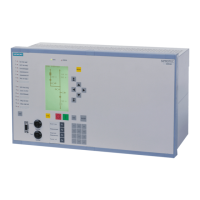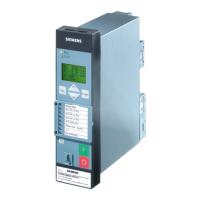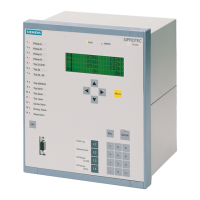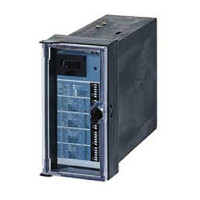Trip Circuit Supervision
With one or two binary inputs
Commissioning Aids
- Phase rotation field check
- Operational measured values
- Circuit breaker test by means of control function
- Creation of a test measurement report
Clock
Time Synchronization DCF 77/ IRIG B-Signal
Binary Input
Communication
Operating Modes for Time Tracking
No. Operating Mode Explanations
1 Internal Internal synchronization using RTC (presetting)
2 IEC 60870-5-103 External synchronization using system interface (IEC
60870-5-103)
3 PROFIBUS FMS External synchronization using PROFIBUS-Schnittstelle
4 Time signal IRIG B External synchronization using IRIG B
5 Time signal DCF77 External synchronization using DCF 77
6 Time signal Sync.-Box External synchronization via the time signal SIMEAS-
Synch.Box
7 Pulse via binary input External synchronization with pulse via binary input
8 Fieldbus (DNP (serial or DNP3 TCP,
Modbus, IEC 60870-5-103 redundant)
External synchronization using field bus
9 SNTP (IEC 61850, DNP3 TCP,
PROFINET IO)
External synchronization using system interface (IEC
61850)
Setting Group Change Option of the Functional Settings
Number of Available Setting Groups
4 (parameter group A, B, C and D)
Switchover Performed using the keypad
DIGSI using the front PC port
with protocol via system (SCADA) interface
Binary Input
IEC 61850 GOOSE (inter-relay communication)
The GOOSE communication service of IEC 61850 is qualified for switchgear interlocking The runtime of
GOOSE messages with the protection relay picked up depends on the number of connected IEC 61850
clients.
As from version V4.6 of the devices, applications with protective functions have to be checked with regard
to their required runtime. In individual cases, the manufacturer has to be consulted with regard to the
requirements to ensure that the application functions safely.
Technical Data
4.27 Additional Functions
514 SIPROTEC 4, 7SJ62/64, Manual
C53000-G1140-C207-8, Edition 08.2016

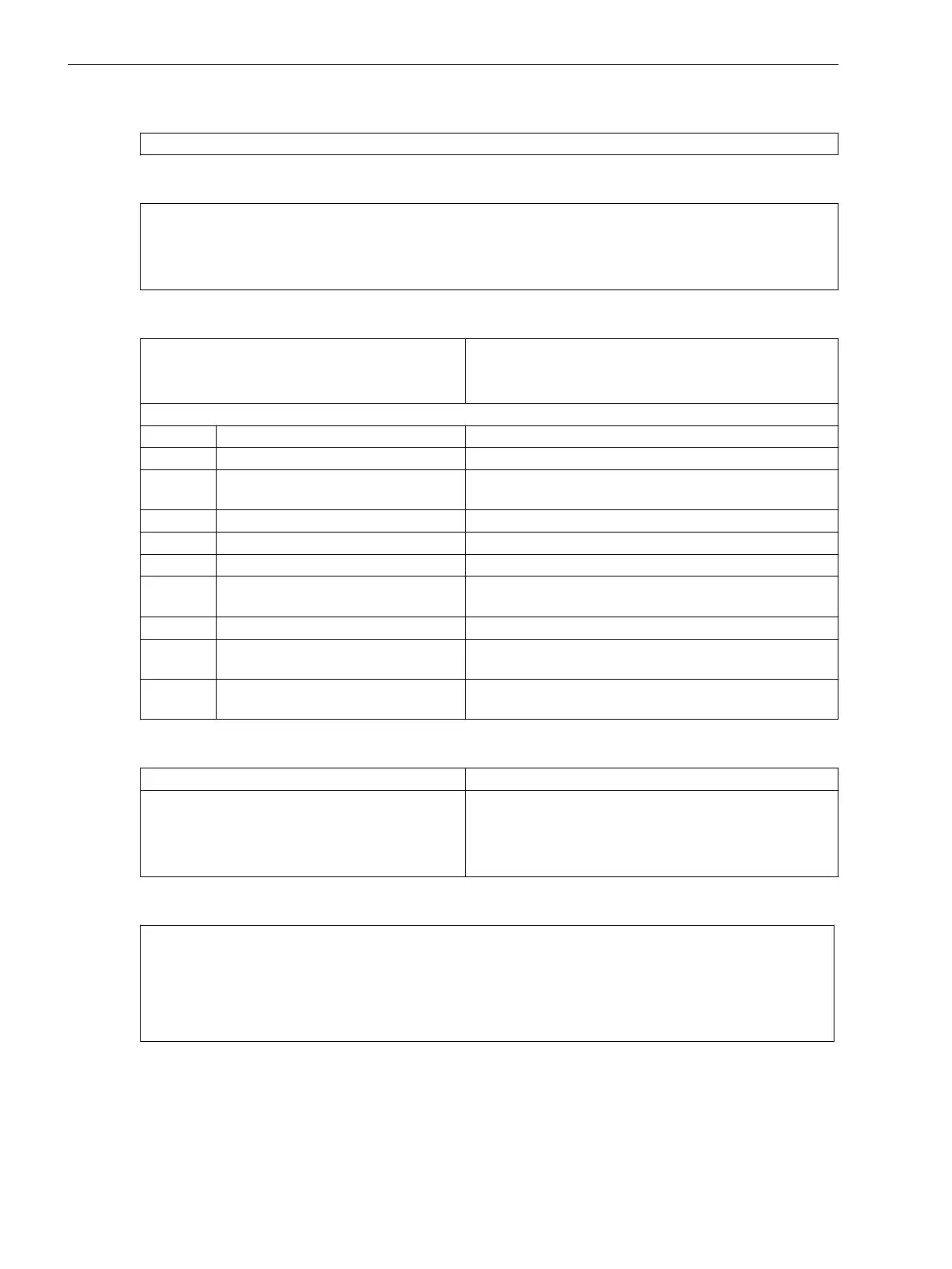